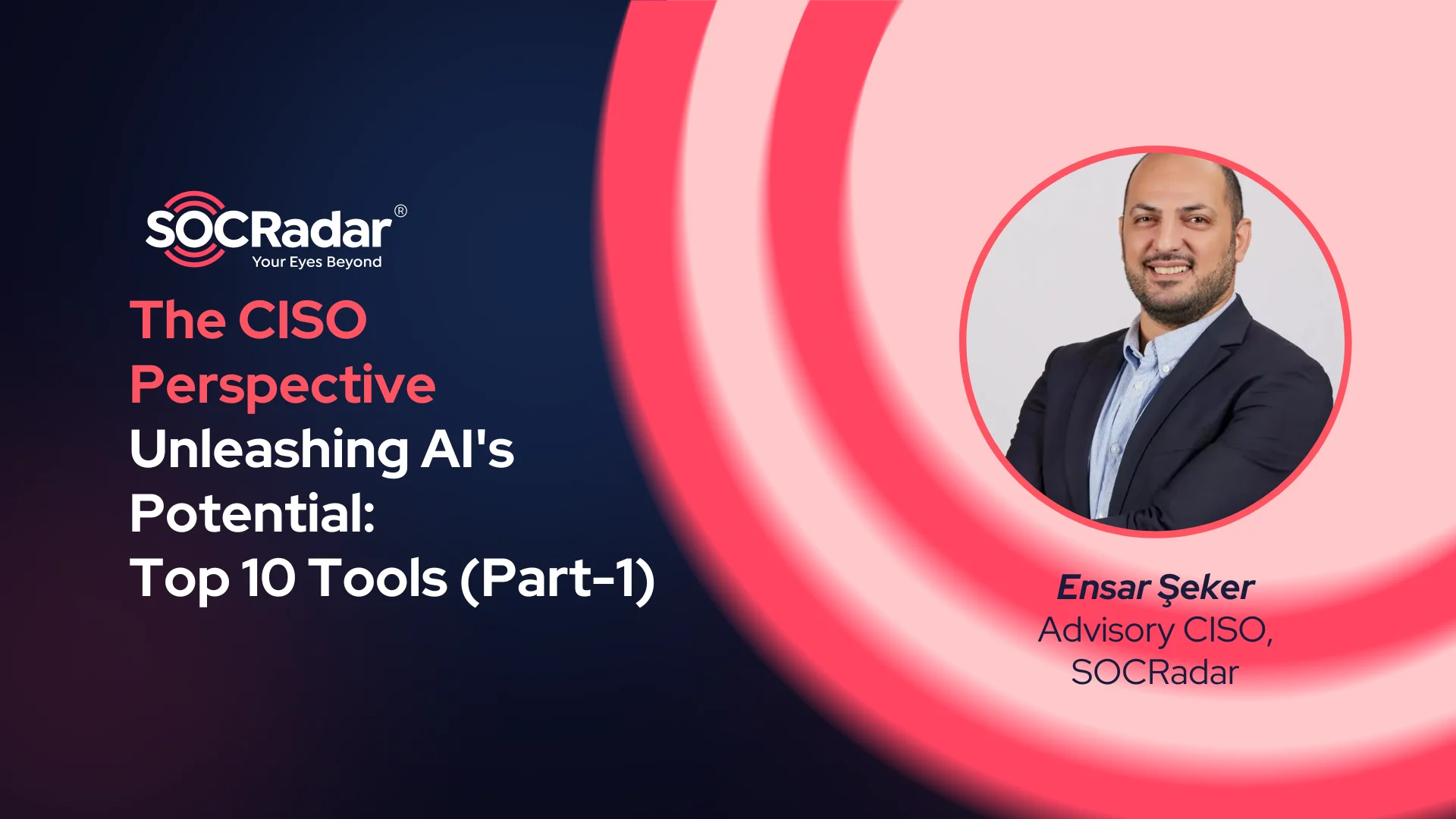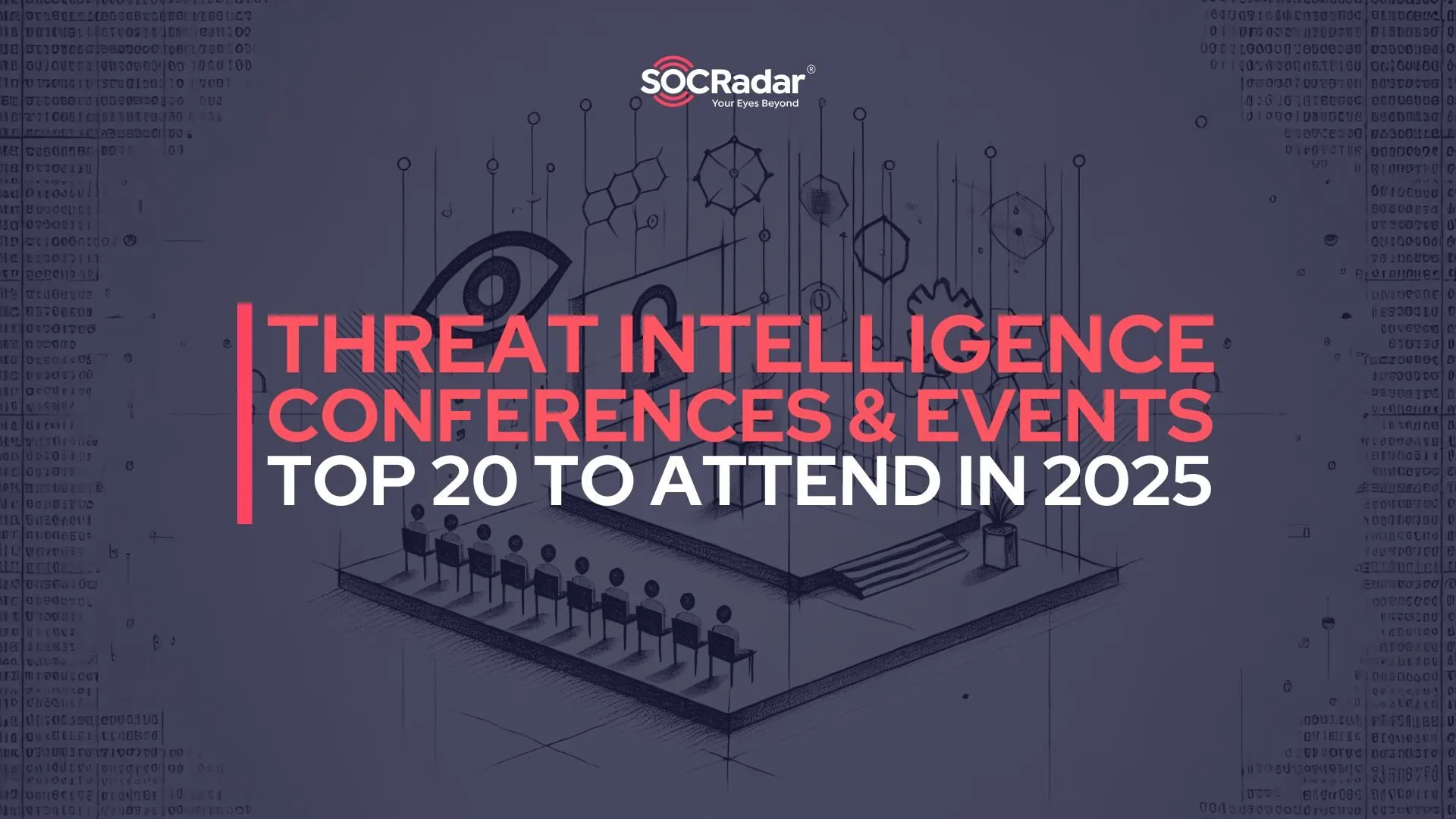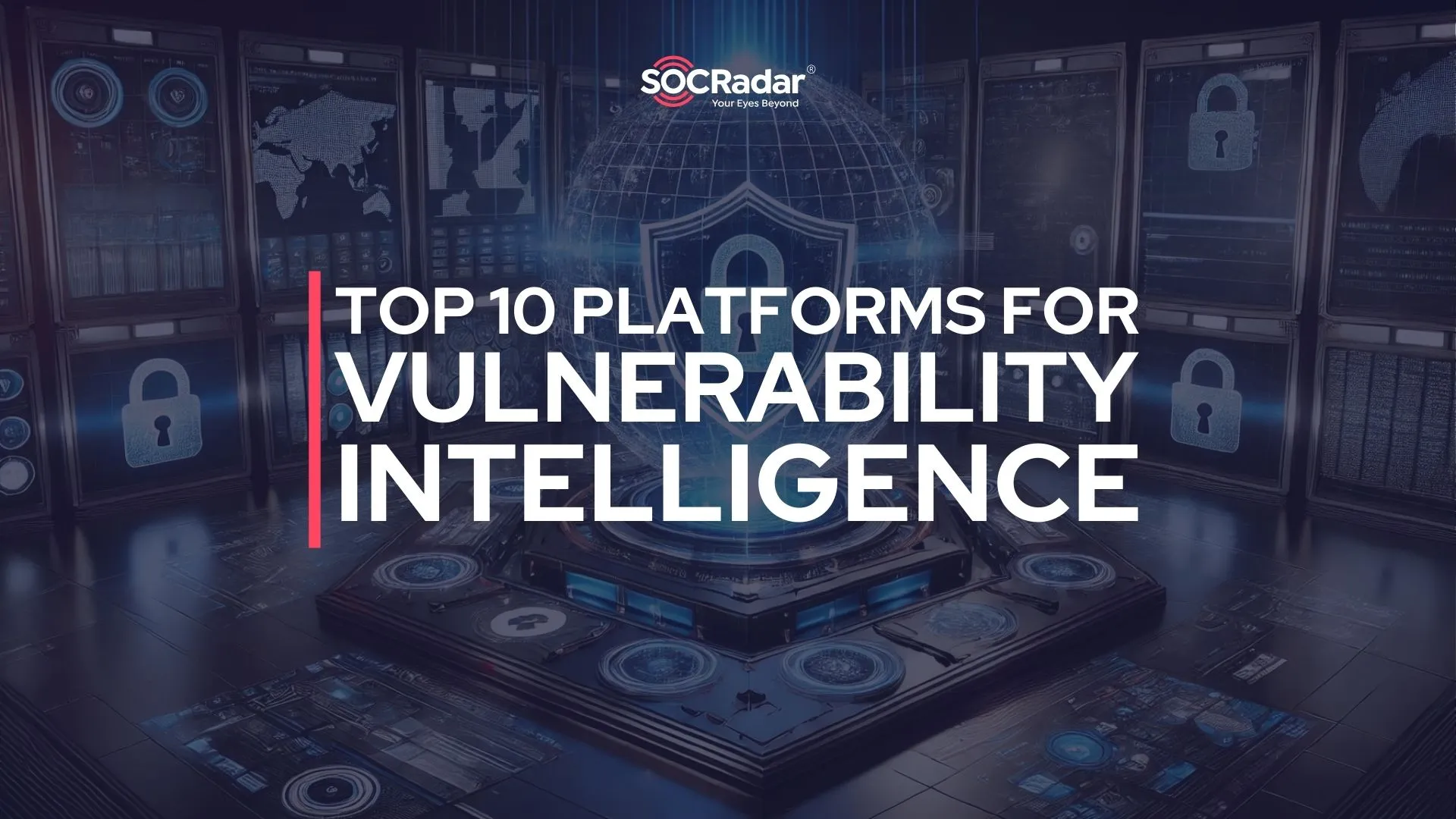
Unleashing AI’s Potential: Top 10 Tools for CISO for Security (Part-1)
One of the most important shifts in the dynamic, modern cyber warfare space is the changing role of the CISO. Advanced threats force today’s Chief Information Security Officers down the path of a mighty ally: AI. Such cutting-edge tools can analyze huge piles of data, feel anomalies, understand threats, and perform responses in securing modern organizations.
AI-Powered Threat Detection
Imagine for a moment a world where self-learning AI systems, like Darktrace, automatically acclimate to your network’s unique patterns, distinguishing, for example, insider threats, malware, or previously unseen exploits. When threats are sensed, Darktrace acts automatically to pre-empt them, consequently reducing the effort and time consumed in threat detection, which in turn boosts response capabilities to incidents.
Unified Approach to Cybersecurity
The power of AI in cybersecurity goes significantly beyond threat detection in real-time. For instance, IBM QRadar unifies log management, flow analysis, network packets, and other data with security information and event management. Moreover, it uses intelligent analytics to monitor alerts for potential threats found to have a high level of perceived risk. It readily connects to other IBM security solutions and third-party solutions to provide a holistic cybersecurity posture.
Machine Learning and Predictive Analytics

AI and ML help CISOs make predictions efficiently
Solutions such as Splunk leverage machine learning to pinpoint deviations from normal patterns and predict potential security incidents based on historical data. Splunk is at the heart of the incident response of automated workflows. This optimizes response, freeing up more time and resources for strategic initiatives; simultaneously, it boosts situational awareness through real-time data analysis.
Advanced Endpoint Protection
In the area of endpoint protection, CrowdStrike Falcon combines AI, behavioral analysis, and threat intelligence to fight cyber threats. Its next-gen antivirus capability enables machine learning for malware detection and blocking, while behavioral analysis looks for end-user activity in search of suspicious behavior. Such actionable threat intelligence puts CISOs in a better position to make informed decisions to stay ahead of emerging threats.
Proactive Threat Prevention
With signature-less protection, SentinelOne is proactive and prevents threats with AI-driven technology that identifies and blocks threats in real-time. AI-based prevention should ensure endpoint security effectively, even without regular internet connectivity, which is embedded with a very lightweight agent.
Network Detection and Response

Using AI in network detection and response
Vectra is an AI-driven Network Detection and Response product that uses AI to find and respond to in-progress cyber-attacks. Its automated investigations reveal hidden threats and lateral movement, reducing the time taken to detect and respond to threats.
Integrated Security
Cortex XDR, delivered by Palo Alto Networks, is an endpoint solution that includes network and cloud data with integrated security. It enables behavioral analytics to be applied to the data to find anomalies that will result in preventive measures. Integrated, streamlined incident management with fluid integration with the lineup of other Palo Alto Networks solutions will help give a real enterprise-wide view of any potential threat, thereby enabling advanced analytics to help in detection and response.
Automated Threat Identification
FortiAI by Fortinet automatically identifies threats and responds to them, thereby lightening the load on security teams. Machine learning is then used to identify threats in real-time, responding to the identified threats with immediate action to mitigate assaults. Second, deep learning constantly improves detection by learning from new threats.
Next-Gen SIEM
Securonix is a next-gen SIEM platform that leverages both UEBA and NTBA with threat intelligence capabilities that allow for the detection and response of the most advanced of threats. It enhances threat detection based on anomaly detection using user and entity behavior and provides the context around known and unknown threats, reducing the time taken to respond to threats through automated workflows.
Cloud-Native Security

Microsoft Azure Sentinel is a cloud-native SIEM and security orchestration automated response solution. The best part of this multifaceted tool is the intelligent security analytics and threat intelligence that it will provide for the business. Its AI and machine learning capabilities detect and respond to threats in real-time, integrating and coexisting with different security products from Microsoft and third parties. It scales with an organization to use the capabilities of the cloud.
Comprehensive Threat Intelligence with SOCRadar CTI
However, even more critical in a CISO’s arsenal is SOCRadar Cyber Threat Intelligence (CTI). SOCRadar CTI is an all-in-one solution developed with AI and ML, providing actionable threat intelligence and allowing the organization to identify, assess, and counter cyber threats through broad data sourcing and advanced analytics. SOCRadar CTI is a platform that provides centralized data from multiple sources to create a panoramic view of the threat landscape. Its AI-powered analysis discovers patterns and tendencies, which allow for proactive threat hunting with detailed reporting and insight capabilities. SOCRadar Threat Intelligence unites existing security operations, powering SIEMs, IR teams, and SOCs with enriched data.
Real-World Applications of SOCRadar Threat Intelligence
In an actual use case scenario, organizations from different domains have utilized SOCRadar Threat Intelligence to proactively stay ahead of the growing threats, prioritize critical threats, and proactively respond to incidents and threat-hunting initiatives. With SOCRadar as part of their security strategy, a CISO could dramatically improve the ability of their organization to detect, analyze, and respond to cyber threats, staying a step ahead in the threat landscape.
AI: A Mandatory Ally for CISOs
In a fast-evolving space of security, AI tools are no longer a luxury for CISOs; they stand mandatorily. Each of the tools, from self-learning AI systems to comprehensive platforms, carries different strengths, but all go on to provide better threat detection, analysis, and response capabilities. Such AI-driven solutions will help CISOs increase the efficiency and effectiveness of security operations, thereby redirecting valuable resources toward strategic initiatives. In this way, AI tools, like those mentioned, will safeguard strong cybersecurity defense postures and protect organizations from the continuously growing risk of cyber attacks.



































